Mirtazapine, sold under the brand name Reveron, is a prescribed antidepressant made for humans and can also be used in veterinary medicine to treat decreased appetite and nausea in dogs and cats.
This blog post aims to give pet owners general knowledge about mirtazapine for cats, such as uses, side effects, and drug interactions. DO NOT give your pet any medication without the consent and proper diagnosis of your veterinarian.
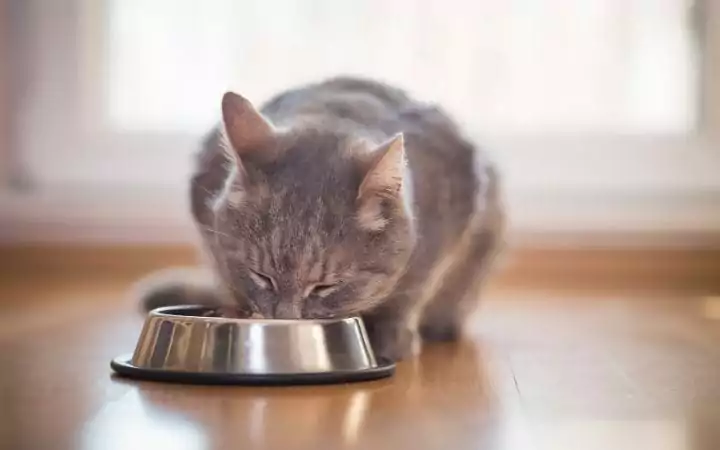
What is Mirtazapine for Cats?
What makes mirtazapine special in veterinary medicine is one of the side effects: weight gain. To better understand this, let’s have a quick look at how mirtazapine acts in the feline body:
The nervous system coordinates and controls the body’s activity and functions. Neurons are the primary cell on the nervous system, and they are responsible for transmitting information through the body.
Neurotransmitters are one of the components of the nervous system, and they allow messages from neurons to pass from one cell to another cell in the nervous system. When neurotransmitters arrive at a cell (neuron), they have to bind to receptors. These receptors will determine if the information will continue to pass through the body, or it will inhibit the signal from advancing.

Mirtazapine is an antagonist of various receptors in the central nervous system (brain and spinal cord). Antagonist means that it acts as a blocker of the receptors’ activity, so the receptor does not have the opportunity to allow any messages to continue.
The effect of how mirtazapine induces an increase in appetite has not yet been clarified. A theory is that it is thanks to its antagonist properties in 5HT2c and histamine H1 receptors, which are related to loss of appetite. Mirtazapine for cats and humans also has an antiemetic influence (useful against vomiting and nausea), and it is probably due to an antagonist effect on the 5-HT3 receptor linked to vomiting.
It is important to note that mirtazapine is not Food and Drug Administration (FDA) approved for cats or dogs. However, there is a FDA approved transdermal ointment called Mirataz (active ingredient mirtazapine), which is specially produced for veterinarians to treat weight loss in cats. The effectiveness of this drug in many conditions has been proven in studies.
What Are the Uses of Mirtazapine for Cats?
As mentioned earlier, mirtazapine increases appetite and reduces vomiting. Your veterinarian may prescribe mirtazapine for your cat to help with ailments that produce weight loss and nausea, including:
- Liver disease and chronic kidney disease. Your vet will monitor the use of mirtazapine with caution as cats with CKD and liver disease may be slower at clearing mirtazapine from their system.
- Gastrointestinal disorders such as inflammatory bowel disease and pancreatitis.
- Hyperthyroidism.
- Cancer. Mirtazapine may be used to mitigate nausea and decreased appetite related to chemotherapy.
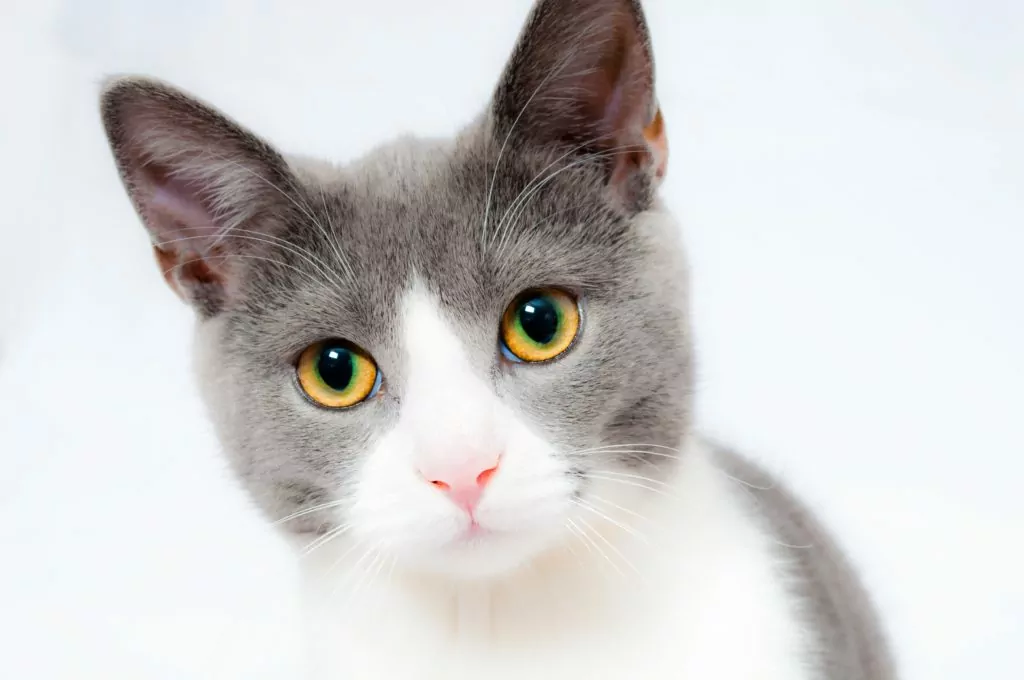
Side Effects of Mirtazapine
A study published in the Journal of Feline Medicine and Surgery defined the adverse effects of mirtazapine in cats:
- Vocalization
- Shaking
- Agitation: not able to relax
- Lethargy, sedation, or drowsiness
- Elevated heart rate (tachycardia)
Some cats can also show increased affection.
When mirtazapine is given at a higher dose (toxicity), it may cause:
- Fast breathing (tachypnea)
- Severe shaking
- Collapsing due to low blood pressure
Bring your feline companion to the vet if you see any signs of toxicity.
The use of the mirtazapine transdermal ointment (mirataz), can also result in redness of the cat’s ear.
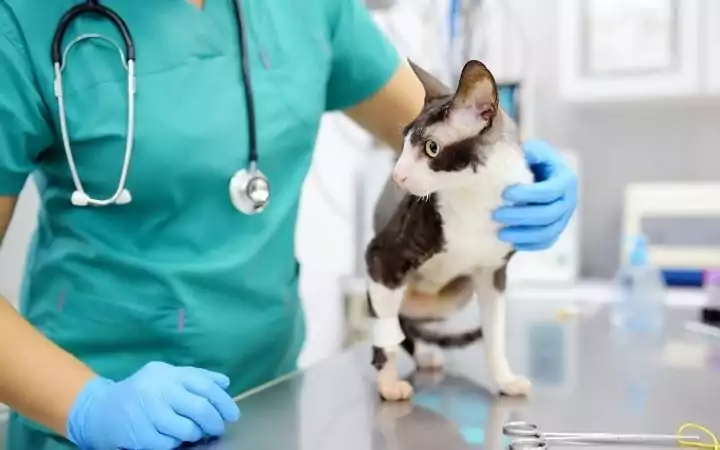
Mirtazapine Drug Interactions
Mirtazapine has interactions with monoamine oxidase inhibitors (MAOI), including L-deprenyl and amitraz, because they increase the risk of serotonin syndrome. Simultaneous use with tramadol (pain medication) can also increase the chances of serotonin syndrome.
Mirtazapine for cats also has interaction with fluoxetine (for behavioral problems), diazepam (anti-anxiety properties), and cyproheptadine (appetite stimulation and aids in the treatment of feline asthma).
It is essential that your vet is aware of every health issue your cat has or medication your pet is taking as it will help to determine the best treatment for your feline friend.
Dosage of Mirtazapine for Cats
These are just dosages information, and you must always follow your veterinarian’s dosage recommendations and advice for the safety of your pet.
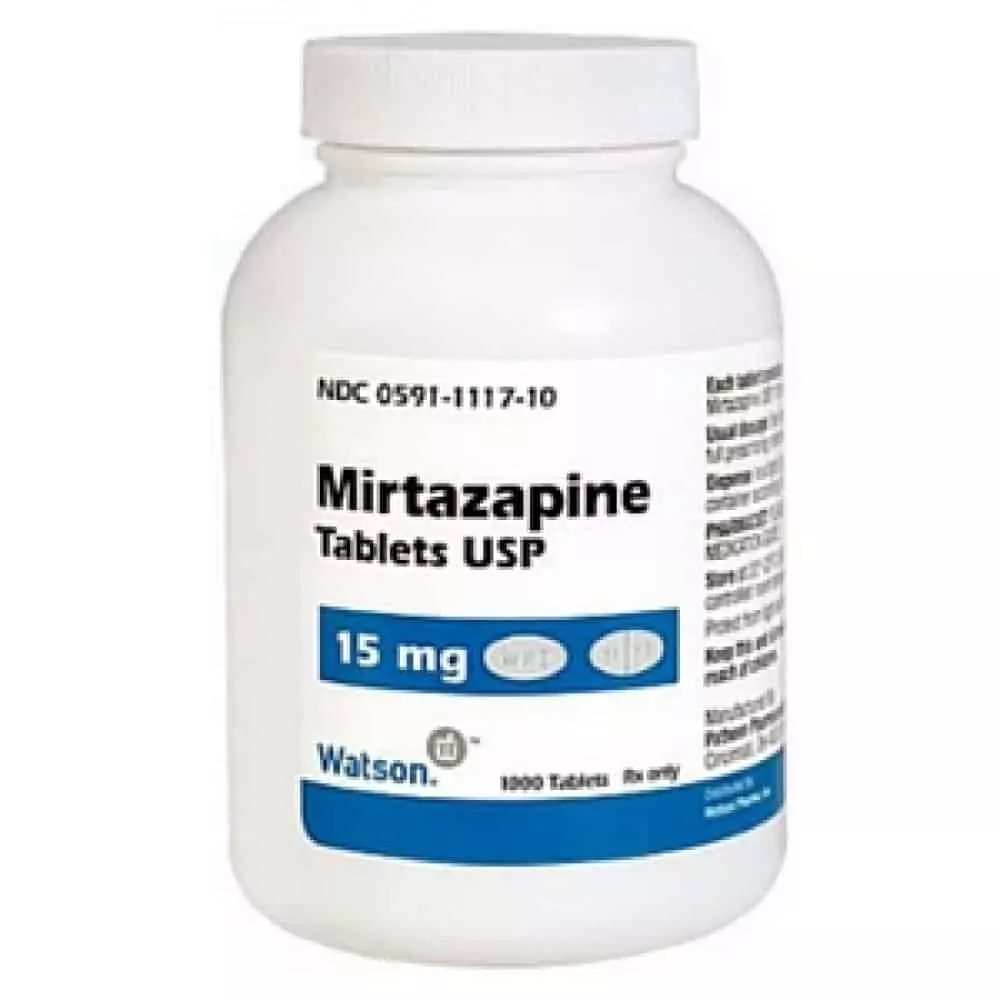
from: Vet Approved Rx
If your veterinarian has prescribed mirtazipine for your cat, you can buy it here:
Mirtazapine 7.5mg 30 Count Bottle for Pets
from: Vet Approved Rx
Mirtazapine tablet form: the starting dose for healthy young cats is 1.88 mg orally every 24 hours. The recommended dose for cats with CKD or liver disease and older cats are 1.88 mg orally every 48h.
Mirtazapine in tablets is available in mg, 15 mg, 30 mg, 45 mg, and in 15 mg, 30 mg, & 45 mg in orally disintegrated tablets. These forms must be cut or broken to give the appropriate dose to your cat, which may result in an incorrect dosage leading to toxicity or inefficiency of the treatment.
Mirataz (mirtazapine transdermal ointment): according to the product label, the suggested dose for this FDA approved ointment for cats is “a 1.5-inch ribbon of ointment (approximately 2 mg)” topically in the pinna of your cat’s ear.
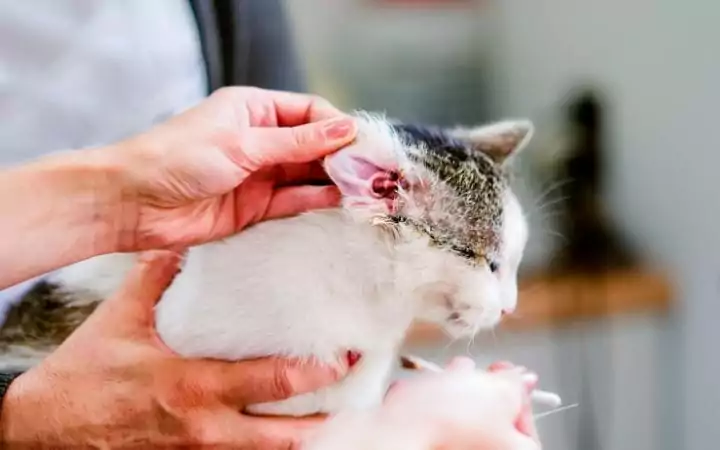
How is Mirtazapine Given to Cats?
Mirtazapine is administered to cats orally in a tablet form with or without food. If you are giving your feline friend the tablet during mealtime and you have multiple pets, make sure to supervise, so the right cat eats the tablet. For orally disintegrating tablets, ensure that your hands are dry before handling the medication.
We know that sometimes it can be difficult to give oral medication to your feline companion, here is a useful video from iCatCare.org on how to give oral tablets to your feline companion:
Mirataz (mirtazapine transdermal ointment) is absorbed through the skin and has to be applied topically in the pinna of your cat’s ear, switching between the left and right ears. You must wear gloves when applying the ointment to avoid exposure to the medication in your skin. Wash your hands after use. The treated animal should not be in contact with family members or other pets for 2 hours after the application of miratraz.
Here is a useful video on how to apply miratraz to your cat’s ear and more precautions about this medication:
Mirtazapine or mirataz should not be used in cats that are allergic to it. Discuss with your veterinarian any allergic reactions your cat had to medications.
The safety of these drugs is not proven in pregnant and lactating cats.
Summary
If you monitor your cat for any behavioral or eating changes, you may be able to diagnose illnesses promptly. Weight loss can be a symptom of various diseases or a sign that your cat is under stress. Mirtazapine can aid as an appetite stimulant and help control nausea to serve as part of the treatment in different conditions.
Mirataz is the only FDA approved appetite stimulant in cats.
We hope this article gave you a great insight into mirtazapine for cats. If you would like to learn more about your feline friend, we have a wide range of purrfect informative infographics, you can check them out HERE.
